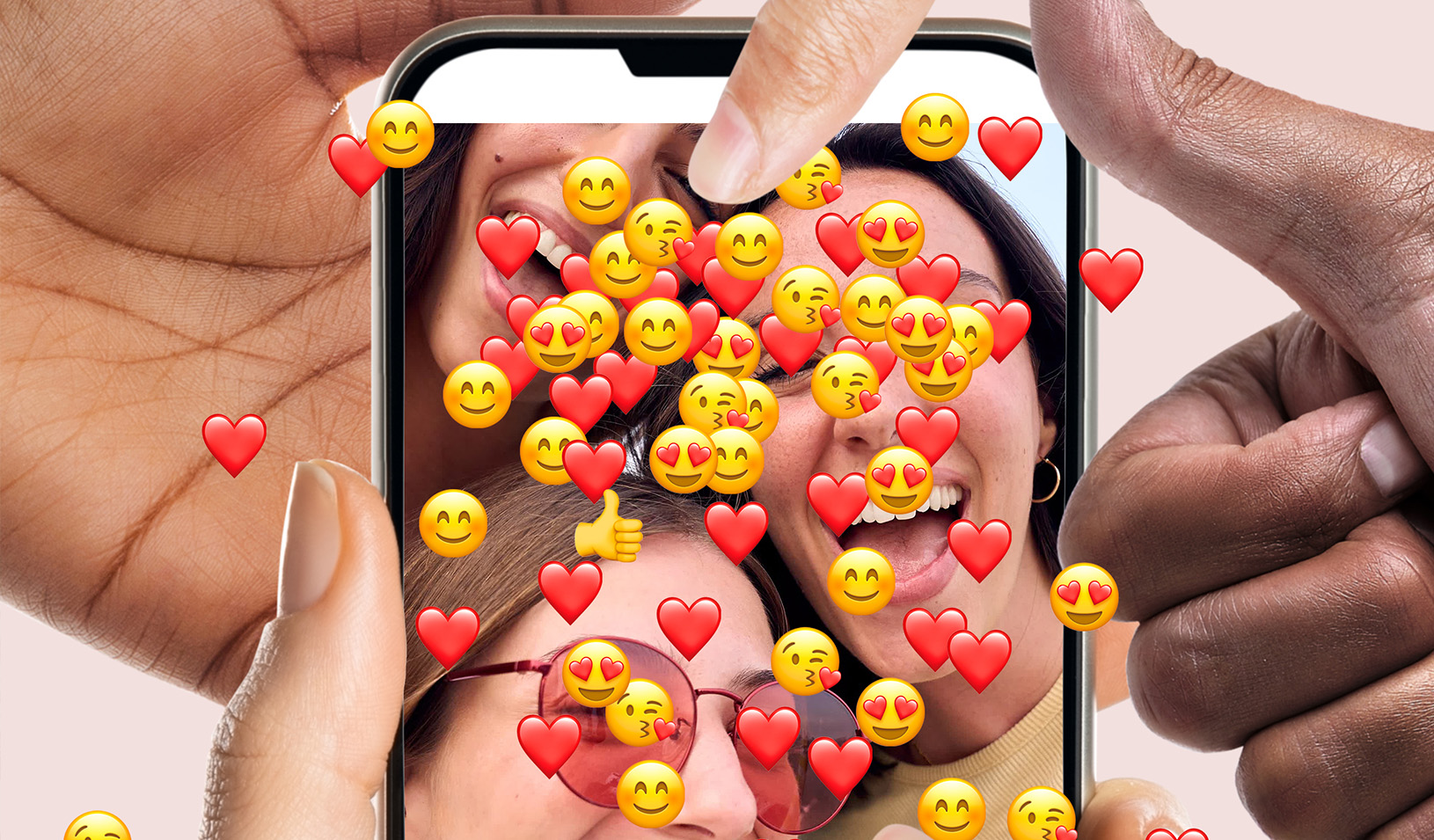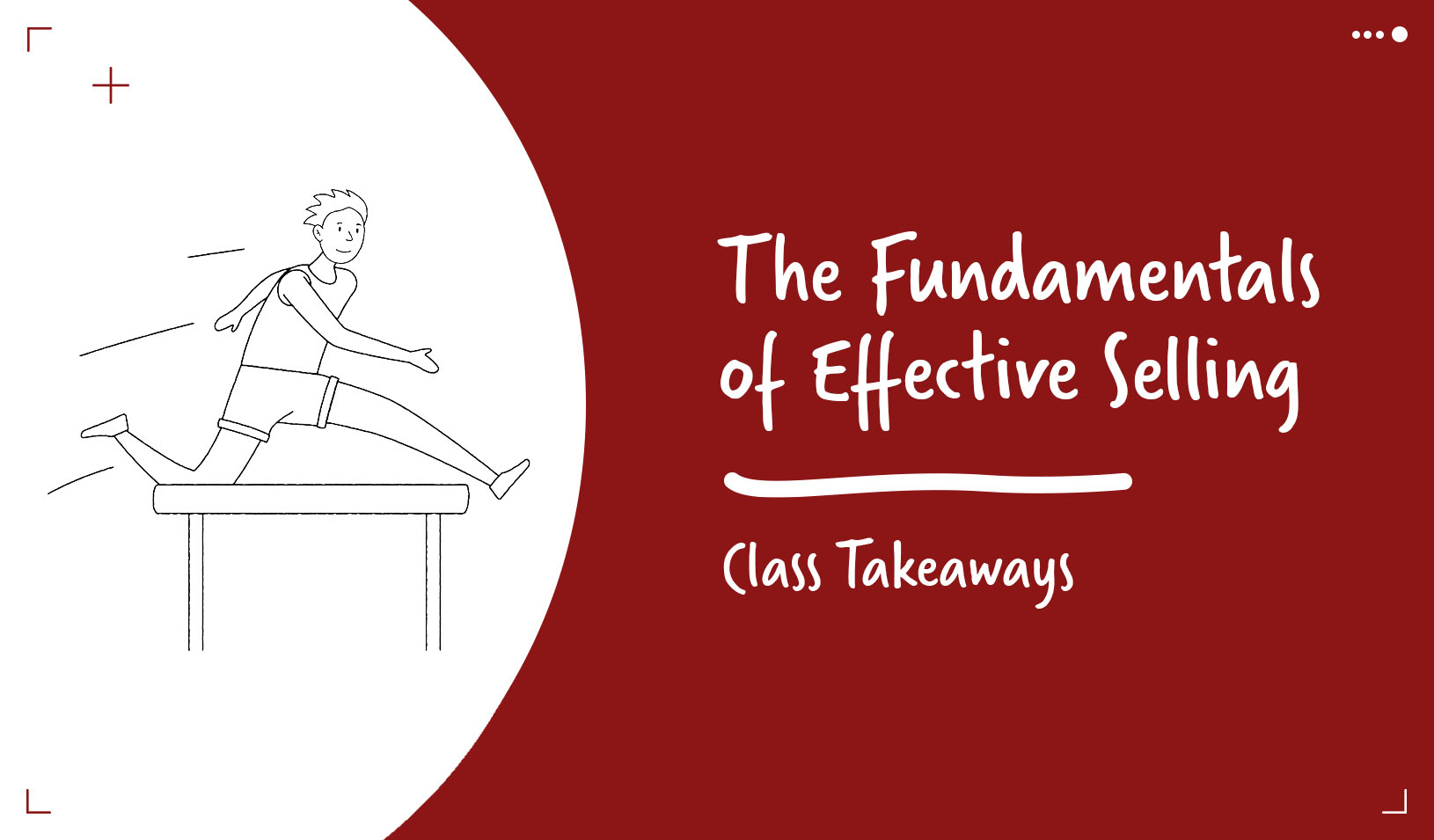Subtle Nudges for Greater Good
Many psychologists, writers and other students of human nature have reached the same conclusion: people are usually too distracted, tired, scared, or just plain lazy to act on their best intentions. But few of these observers suggest how us humans might overcome our less noble tendencies.
Scientists at a recent Stanford Center for Social Innovation conference, however, presented a bevy of tactics for transforming even the most bumbling schlemiel into a model citizen. Called “Small Steps, Big Leaps: The Science of Getting People to do the Right Thing,” the event showcased how to use gentle nudges, subtle tweaks, and quiet prompts to summon better behavior.
One of the most overlooked strategies for getting people to be generous, for instance, is actually to ask them, related Frank Flynn of Stanford Graduate School of Business. Flynn discussed his experiments showing that one barrier to “the ask” is that people grossly underestimate how often their requests for help will be honored. And if at first you do not succeed, then ask, ask again, he recommended, presenting findings that people who say “no” to an initial ask are more likely to say “yes” to a subsequent one.
You need not even tell people how much to give, noted Leif Nelson of the University of California, Berkeley’s Haas School of Business. His findings show that people sometimes donate more when they get to set the amount.
And you need not feel guilty about asking people to help, because you may actually be doing them a favor, suggested Mike Norton of Harvard Business School. His studies reveal that giving people the chance to help others can improve everything from their mood to their dodge-ball game.
Even better than asking people to take the high road is making the high road the easiest one to take, argued Eric Johnson of the Columbia School of Business. When policies and practices turn good behavior into the default option, people tend to act more ethically—or, as Johnson put it, “There’s something very special about doing nothing.” For example, in countries where people have to take the trouble to opt out of organ donation—a post-death benevolence that many societies value—vastly more people donate their organs than do in countries like the United States, where people have to go out of their way to opt in to organ donation. Likewise, people save more money when their employers automatically enroll them in retirement savings programs and use less energy when fluorescent bulbs are the only light in town. (For more about defaults, see “Helping the Poor Save More” in the winter 2010 Stanford Social Innovation Review.)
If you must trouble yourself with framing a message, several researchers revealed how simple shifts in wording can spell the difference between vice and virtue. Just mentioning money can throw people off their altruism game, showed Kathleen Vohs of the University of Minnesota’s Carlson School of Management. Her experiments demonstrate that even minor references to cash make people stingier and less sensitive to suffering—even their own. For fundraisers whose job is to ask people for money, Vohs’ findings could inspire dismay. But she has an antidote: Noah Goldstein of UCLA’s Anderson School of Management similarly showed the power of getting words right. Public service announcements and other social good campaigns often communicate that everybody pollutes, steals, carouses, or otherwise behaves badly—but you shouldn’t. (“Only YOU can prevent forest fires!” exhorts Smokey Bear.) Yet humans are herd animals; and so despite our claims to uniqueness and independence, we tend to follow the crowd. As a result, campaigns that imply that the crowd is up to no good often backfire: A sign in Arizona’s Petrified Forest reporting that visitors purloin some 14 tons of wood per year, for example, doesn’t deter such theft—it encourages theft.
A better way, said Goldstein, is to convey that most people are doing the right thing — and you should, too. Accordingly, a sign saying that most guests conserved water by reusing their towels (rather than having them laundered) inspires far more towel reuse than does a sign lamenting how many guests waste water.
Pictures and stories that put a human face on an issue can also steer people towards right action, related Adam Grant of the University of Pennsylvania’s Wharton School. Radiologists read X-rays more accurately when they see a picture of the bones’ owners, Grant showed, and lifeguards work harder after hearing stories about heroic water rescues.
Putting people in the driver’s seat of their own narratives also works wonders, reported Steve Cole of HopeLab, a Redwood City, Calif.-based company that makes health-promoting products for children with chronic diseases. In HopeLab’s first-person shooter video game, Re-Mission, for example, kids recovering from cancer travel through the human body and, with the help of medicines, blast would-be cancer cells out of their paths. The game is clinically proven to help kids take their post-chemotherapy maintenance drugs—a crucial, yet difficult step in their recovery.
Nonprofits too must control their own narratives, warned Jennifer Aaker of the Stanford Graduate School of Business. She presented data showing that nonprofits suffer from the stereotype of being warm and caring, but not very competent. To boost donations and public confidence, nonprofits need to advertise their business acumen.
But perhaps they should do so softly, for the resounding message throughout the conference was this: You need not scream and push when a whisper and a nudge will do. That’s advice that even the most distracted, tired, scared, and even lazy social innovator can get behind.
For media inquiries, visit the Newsroom.






